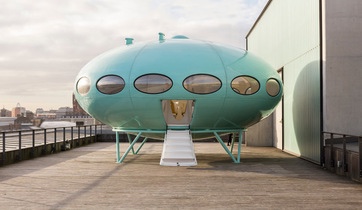
1. What is a pop-up shop?
- According to BigCommerce, a pop up shop is a temporary storefront space operated by an online merchant.
- The Cambridge Dictionary defines it as : a store that opens suddenly and usually exist for a short amount of time: A temporary pop-up store often appears when retailers take advantage of empty retail space.
- Shopify.com describes a “pop-up shop” as is a short-term, temporary retail event that is ‘here today, gone tomorrow”. Pop-up retail is the temporary use of physical space to create a long term, lasting impression with potential customers.
2. How does one impress potential customers with a pop-up shop?
A customer needs to make some connection with the location. To connect, there must be an experience. As a physical space with human guides, how does an online business make that three dimensional visit memorable when EQ comes into play?
We know that online businesses greatly value data, as do four wall businesses. Both measure conversion, average transaction value, units per transactions, bestselling merchandise, slow selling merchandise, etc, etc. Both have financial plans and staffing models as well as visual presentations. The skills required in getting the customer over the proverbial threshold, engaged with the product, and serviced to best fulfill their needs require eye contact and conversation in a physical space. As we develop in this omnichannel environment, the expertise of the physical environments needs to be valued to the same degree that the digital expertise is respected. Unless the goal of the pop-up shop is to serve as a glorified billboard with minimal exchange and engagement, it would behoove the online businesses to welcome some four wall experts into their midst when concepting and executing. Best practices in both channels will only enhance the total business with greatly improved customer experience.











 Lake Winnipesaukee cloaked in her early morning mists in Meredith, NH.
Lake Winnipesaukee cloaked in her early morning mists in Meredith, NH.